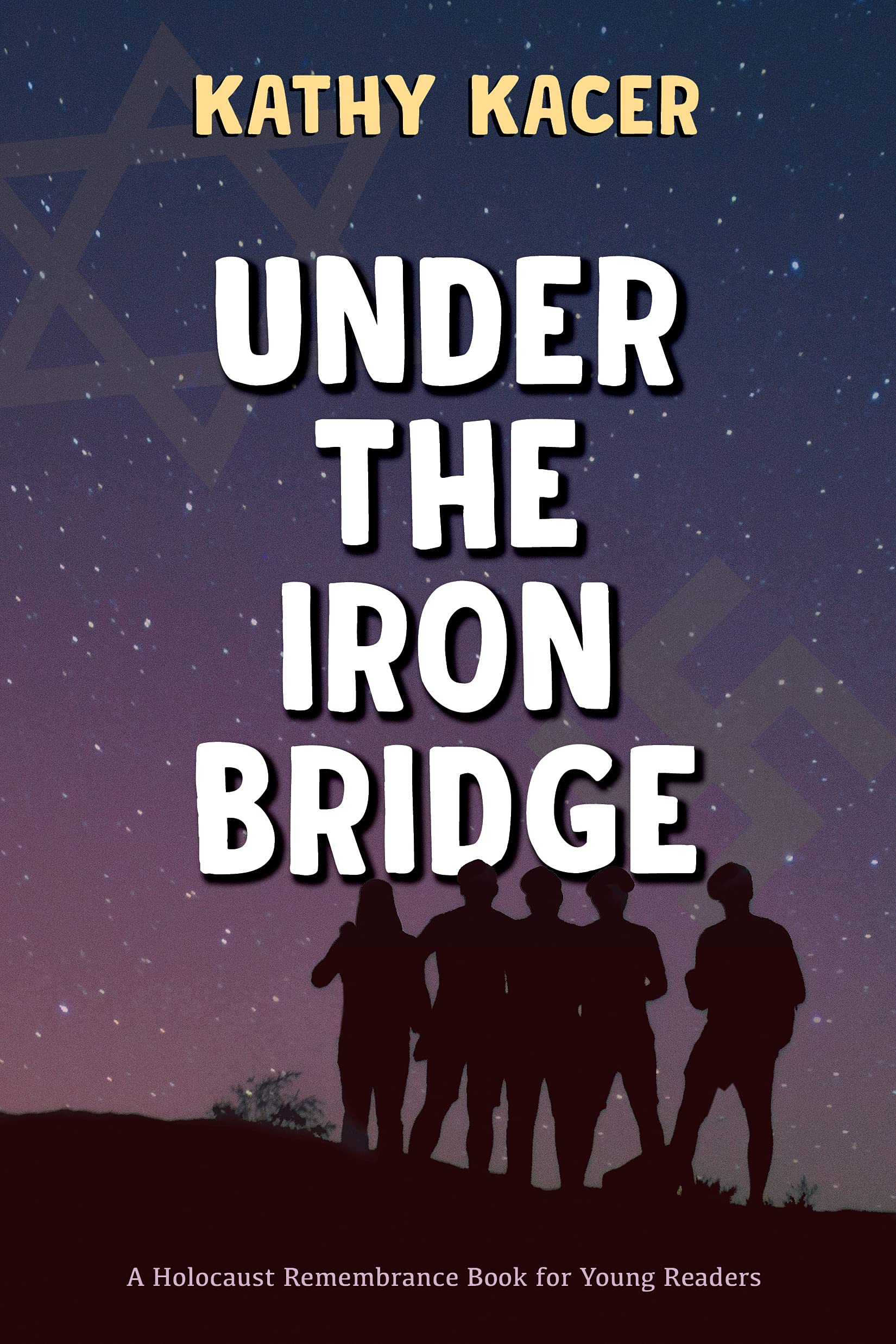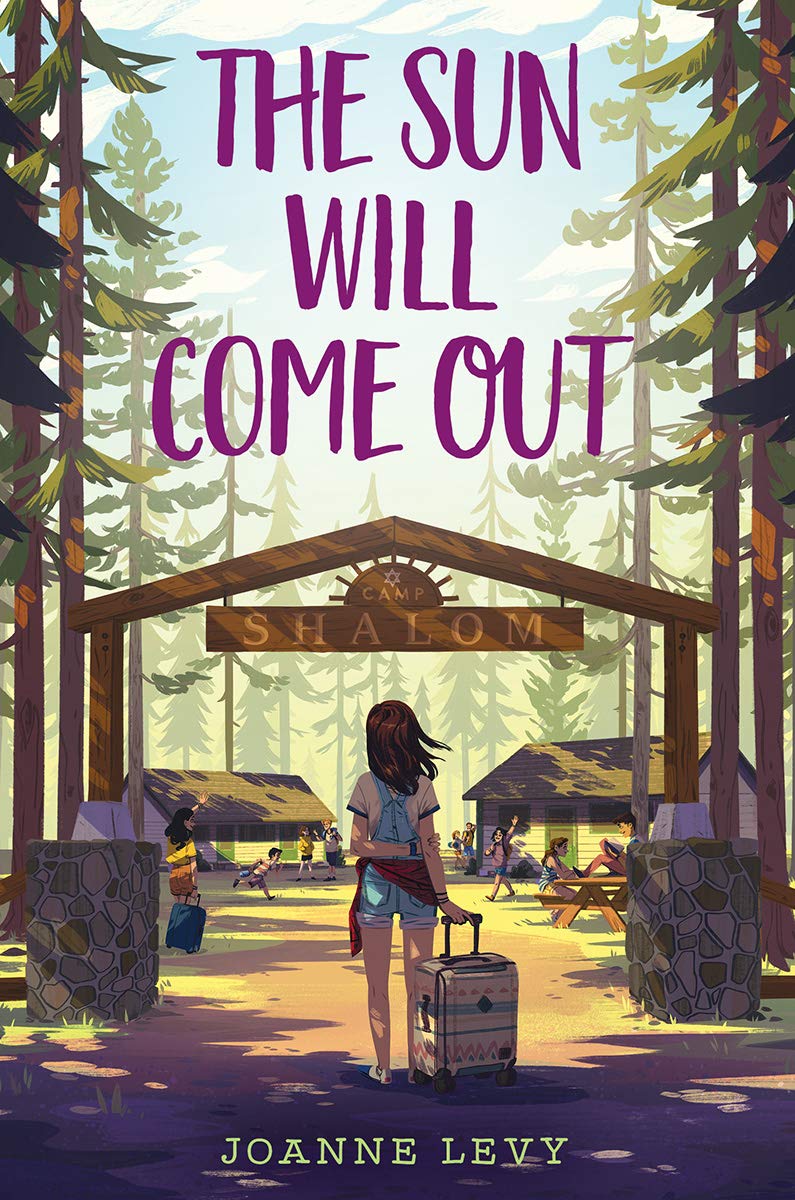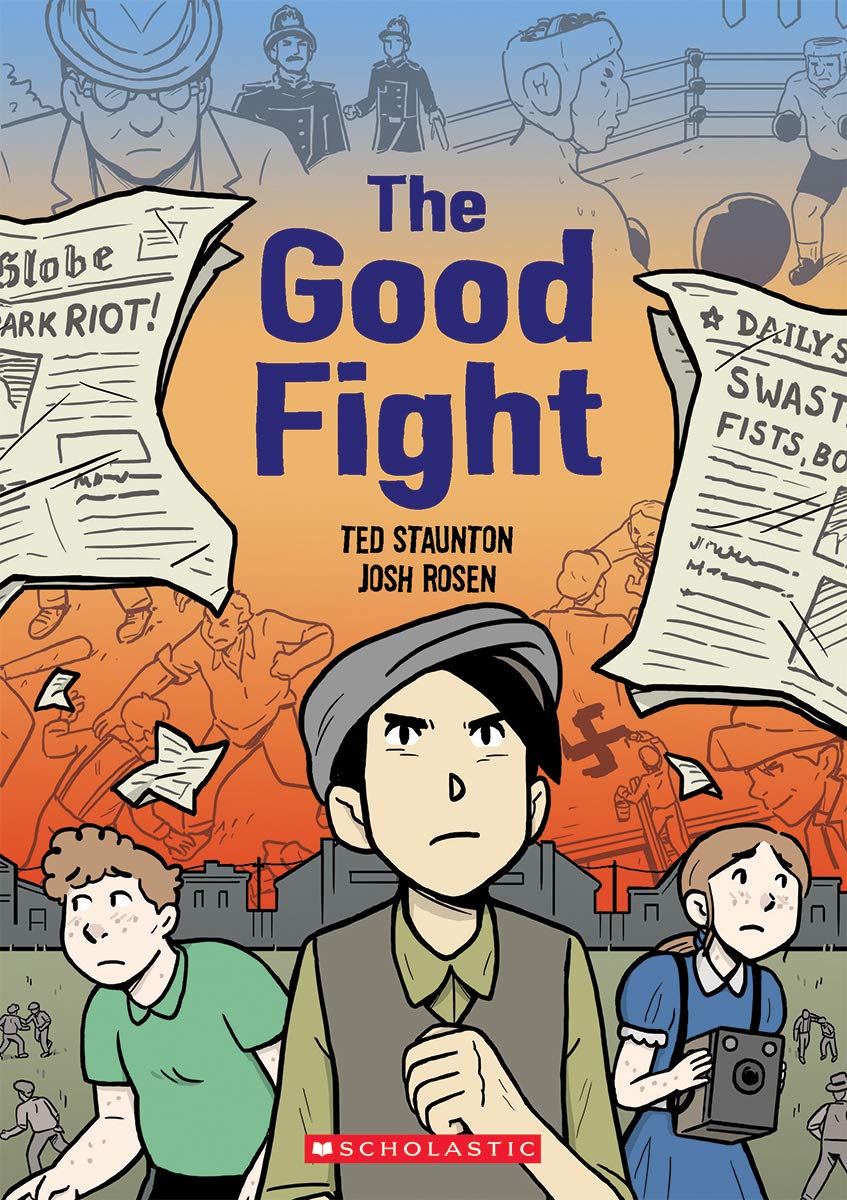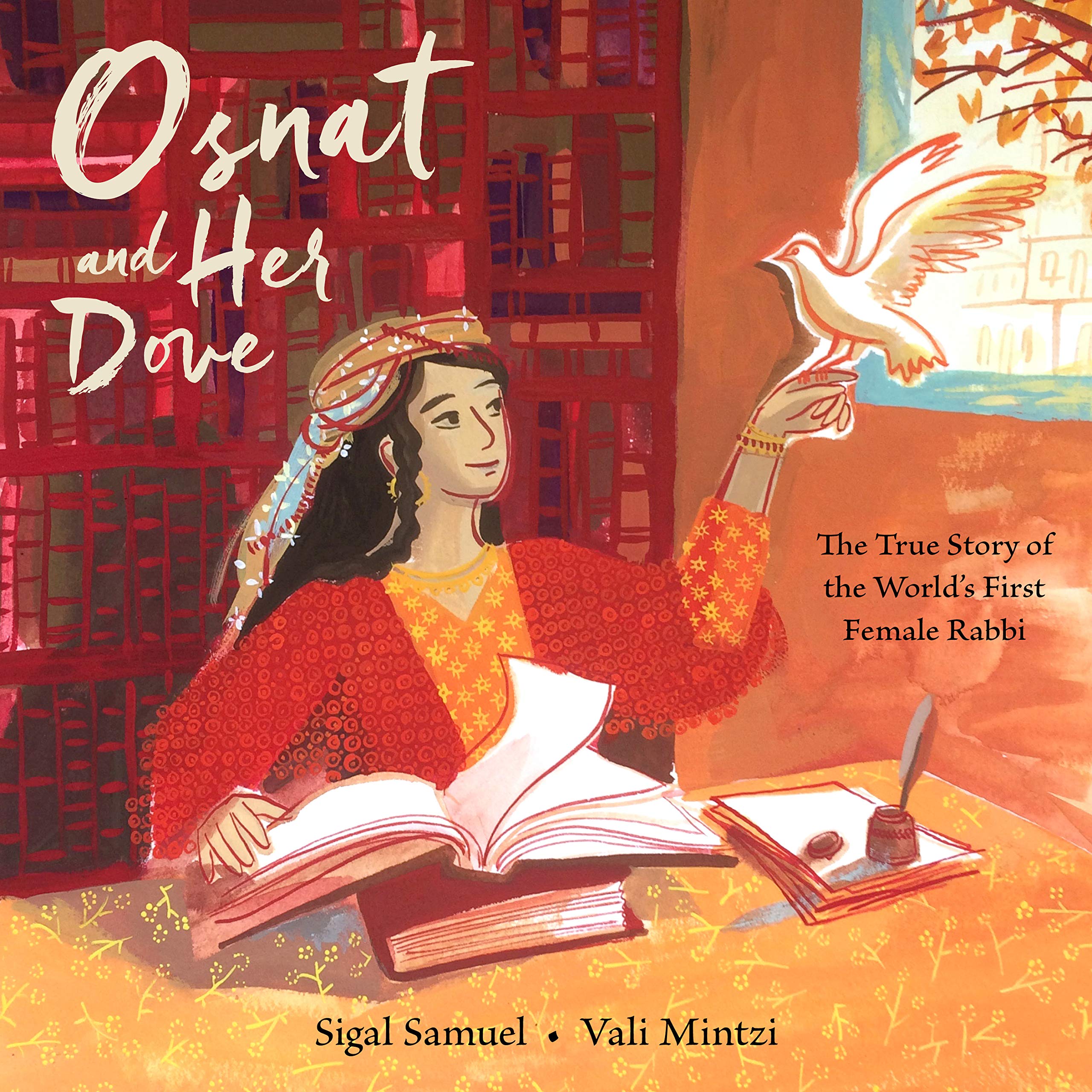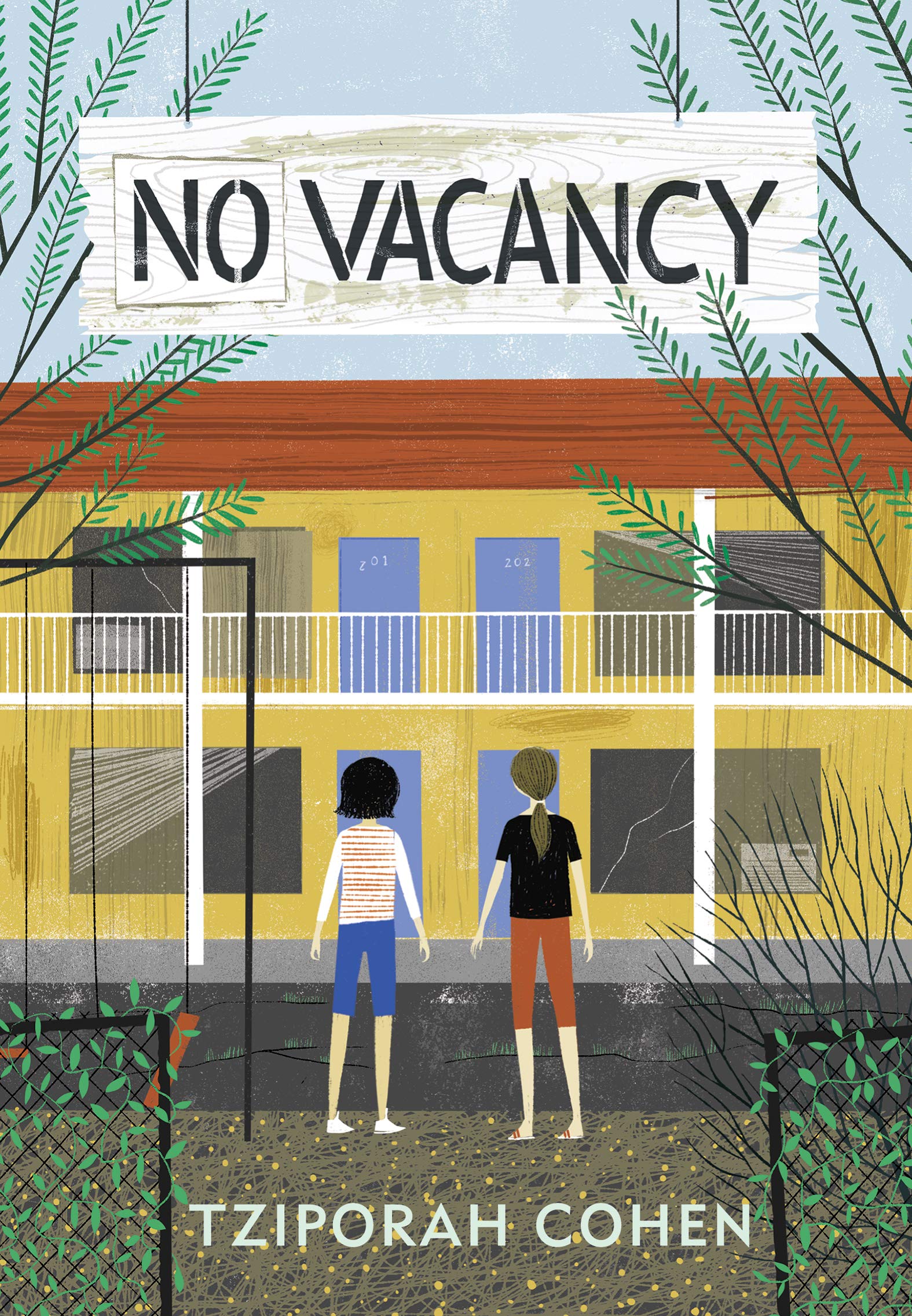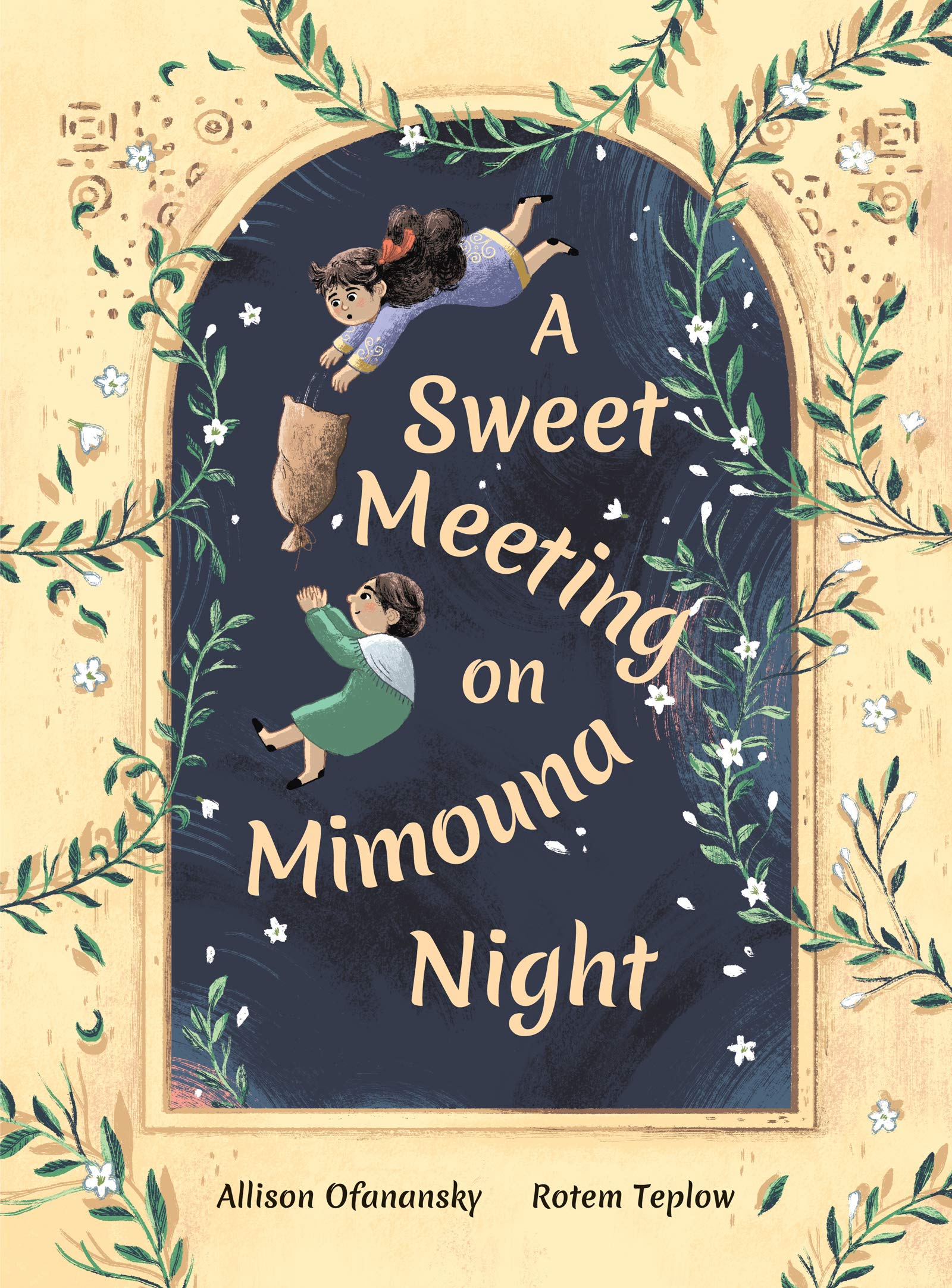Monday, November 29, 2021
Happy Hanukkah!
Sunday, November 28, 2021
The Wistful and the Good, Chapter One, by Mark Baker {an excerpt}
Dickens and Dumas serialized their novels. This classic approach to publication is becoming popular again with writers such as Salman Rushdie and Fight Club author Chuck Palahniuk signing up with Substack to serialize their next projects. Mark Baker is taking the same route with his Anglo-Saxon period historical novel series, Cuthbert's People.
Serialization of the first volume The Wistful and the Good, begins today. Read the opening below, and to read the rest of the chapter and to subscribe to receive a new chapter weekly, visit here.
Elswyth sat on the clifftop looking out over the bright sea. There was a steady onshore breeze
blowing, stinging her eyes and tossing her hair out behind her. She refused to
wear the wimple that should have covered her head and neck, for young men’s
eyes would follow her hair as it bounced and swayed and danced. Young men’s
eyes were a novelty and a delight. Not so long ago a child’s smock had hung
from narrow shoulders straight downward to the ground. But now a woman’s dress
flowed over curves like the tide flowing over smooth stones. Young men’s eyes
followed the curves. Whenever she walked through the village, the young men
would pause in their tasks, like seagulls hanging on the wind, eyes hungry for
something beneath the surface of the wave.
Nor was she shy about looking at the young
men. In the autumn, when the harvest had called every able body, man, woman,
child, noble, free, and slave, into the fields from dawn till dusk, she had
gloried in their broad backs, the flow of their muscles under the skin, the
salt sweat of their tanned faces. And in the quiet of the evenings, she had
found herself delighting in the thought of lying beside this one or that in the
soft new-cut grass, and of the rasp of a calloused hand upon soft flesh.
But she was not for them. She was a thegn’s
daughter, and promised long since to an ealdorman’s son. Young men’s eyes had
no right to follow her. Her thoughts had no right to stray to hard hands or
soft grass. There could be no starlit tryst on new-mown hay for her.
But the eyes of the young men were not her
only delight. From where she sat, her eyes could follow the great curve of the
horizon, the restless boundary between sea and sand below, the roll and swell
of the tide, the curve of the sea grass, bent before the wind. These too were a
delight, though the same blustering wind tried to tear her embroidery frame
from her fingers and whisk away her threads to catch among the bracken and the
gorse.
For the hundredth time she glanced upward,
and this time, at last, she saw it. A flash of white, far out in the band of
haze between sea and sky. A sail. Her frame and her needle fell into her lap as
her eyes yearned outward toward a horizon that was empty once again.
This is how it is when you first see a sail.
It will appear for a moment when the ship crests a swell and the light catches
the sail just so. And then it will be gone, perhaps not to be seen again for
minutes, or perhaps never again. Few eyes would have caught that first flash,
or known it for what it was. But Elswyth knew, and in that moment of
recognition her breath grew still and her heart raced as the world grew large
around her.
Elswyth loved ships, every rope and spar,
every plank and sail. She loved the smell of the pitch that lined the seams.
Her eyes followed the curves of a ship. Her hands longed to touch, to follow
the rise of the curving prow, the round fullness of the stern. She loved the
way a ship cleaves to the swelling of the waves, its urgent energy under the
force of wind or oar, its rise and fall as it mounted and drove from crest to
trough of the ocean swell.
And she loved the young men who sailed in ships, with their strange voices, their hard, strong hands, their red sea-weathered faces, their sheepskin jackets stiff with salt and smelling of both land and sea and the marriage of both.
She loved the tales they told, of wild rocky northlands with their soaring peaks and deep fjords, of the sun-scarred south, where winters were green and summers brown, and men and women rested on the great verandas of stone-built palaces in the heat of the day. Everywhere they travelled, it seemed, was sharper, more vivid, more extreme than Northumbria, the soft country she was born to with its low hills, cool summers, and damp winters.
Once, as a child, she asked why they came
here at all, to which the answer was, “For trade, my darling, and to see the
pretty girls.” At which she had pouted and said, “But you always leave us
behind!” And they always would leave her behind, for her fate lay elsewhere, in
the ealdorman’s hall in Bamburgh. As the wife of Drefan of Bamburgh, she would
rule over a great hall and host kings at her table. And yet, one glimpse of a
sail and her heart was soaring, over the horizon and away.
Again a flash of white. She rose, letting her
embroidery frame fall into the work basket at her feet. She shaded her eyes as
she strained at the horizon. A square white dot danced into view along the line
between sea and sky. She took an anxious step forward, careless of the nearness
of the cliff edge. Her right foot caught her work basket and sent it tumbling
over the cliff face toward the distant sands below, threads of green and gold
and blue scattering to the winds.
What was it? Anglish, Pict, Norsk? It was a
Norsk ship she longed for. But it was also Norsk ships her father feared. The
ship she longed for was a knarr, a broad-bellied trade ship. The ships her
father dreaded were longships, ships of war. Nothing but a knarr had ever come
to their beach. Elswyth had never seen a longship. But the news was that a
dozen Norsk longships had raided the holy island of Lindisfarne two weeks
since, murdering dozens and carrying off much treasure and many slaves. Her
home in Twyford was only a day’s ride south of Lindisfarne and her father, like
every coastal thegn kept anxious watch for Norsk ships, though no other made
his daughter his sentinel.
She longed for a knarr, for not only would a
knarr bring wine and gemstones and silver—to trade for the dull necessities
produced by her father’s manor—it would also bring new songs, old friends, and
tales of Spain.
Ah, Spain! Her heart was full of the young
men who sailed to Spain, who got drunk on the wines of Spain, who lounged on
verandas with the dark girls of Spain. Was this a ship that had been, that
would go, to Spain? Did it carry men who had been, who would go, to Spain? For
a moment, all the longing in her heart was fixed on Spain.
The sail was plainer now, no longer
disappearing into the haze along the horizon, and sometimes she could glimpse
the line of the hull. Whether it was longship or knarr, she still could not be
sure. But she was certain of its course now. By the quarter it came from and
the line it sailed, it was coming from Norway, and it was heading for their
beach. ...
… To finish reading
the first chapter of The Wistful and the Good, and to subscribe to
receive a new chapter weekly, visit https://gmbaker.substack.com/
Mark
Baker recently
moved to Bridgewater, Nova Scotia. One of Brian's students for several years,
he is now serializing his historical novel, The Wistful and the Good,
on Substack under the pen name G. M. Baker. Mark has also published three nonfiction
books as well as stories in a number of journals including: Dappled Things, The
Rockford Review, Storyteller, Solander, Our
Family, New England's Coastal Journal, and Fantasy Book.
Find him as G. M. Baker on Facebook here.
Subscribe to his newsletter here.
See Brian Henry’s upcoming weekly writing classes, one-day workshops, and weekend
retreats here.
Thursday, November 25, 2021
“More of the best recent Jewish-Canadian Books for Kids and Teens” by Brian Henry
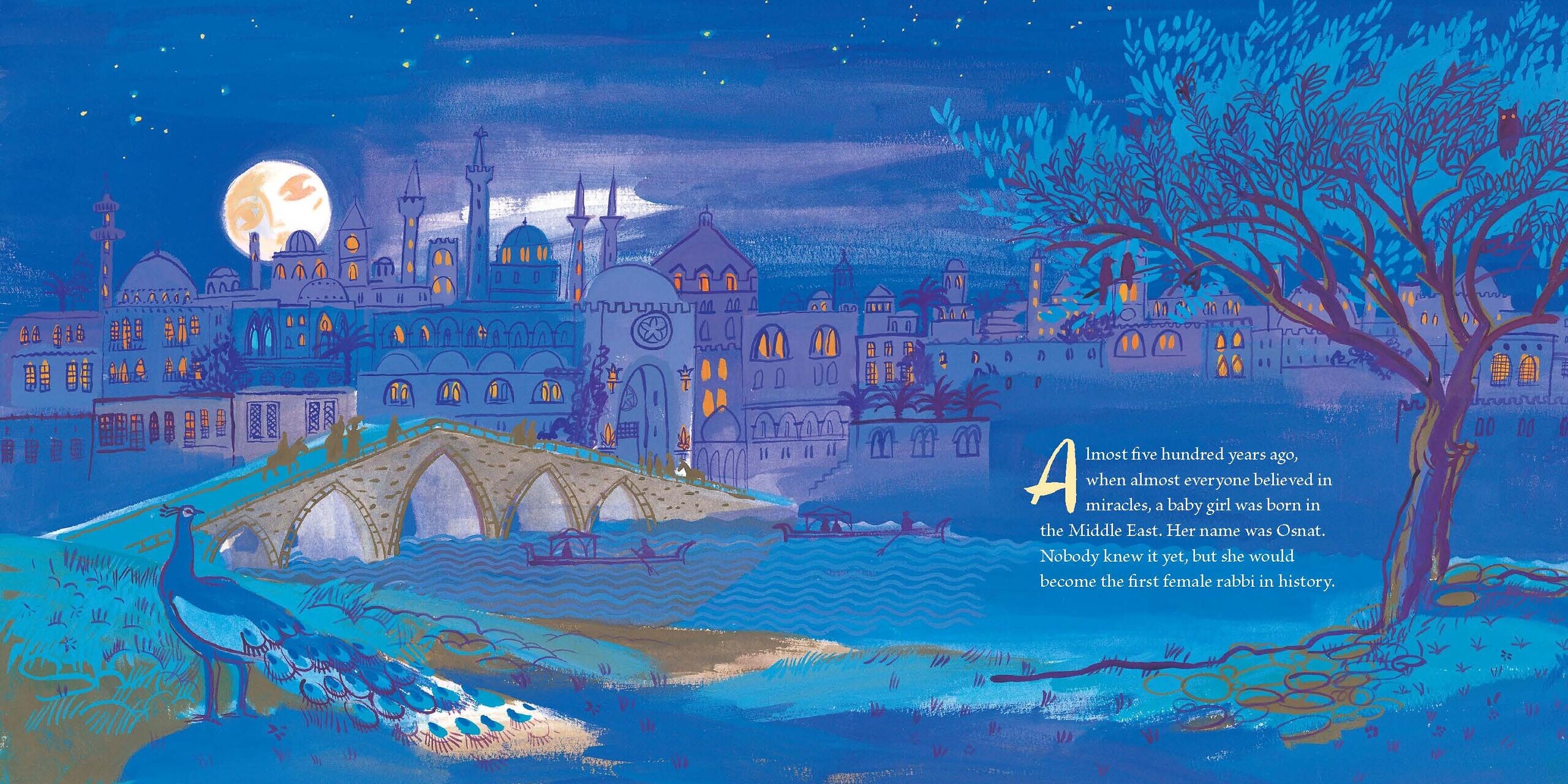 |
| From Osnat and Her Dove by Sigal Samuel, illustrated by Vali Mintzi |
Note: this piece was previously published on TheJ.ca,
the Jewish-Canadian journal of news and opinion. See Part 1 of “Best recent
Jewish-Canadian Books for Kids and Teens” here.
Whether you have small children, pre-teens
or teens, with
Hanukkah starting Sunday evening, November 28 – or for any time at all – you’ll want
to check out these books.
Author Kathy Kacer has two Holocaust-themed novels for young people out
in 2021: Under the Iron Bridge (available from Second Story Press here) and Call Across the Sea (available from Annick Press here).
Under the Iron Bridge is fast-paced and
exciting and manages to get across some of the horror of life in Nazi Germany. It’s
compulsive reading. You certainly want to get this for the young teens in your
life (ages 12–14).
In Dusseldorf, Germany, 15-year-old Paul is
pressured into joining the Hitler Youth. He despises the Nazis and especially
how they’re treating Jews, but Paul has no way to express his opposition until
he stumbles on the Edelweiss Pirates, a group of young people who have begun to
resist – distributing anti-Nazi pamphlets, painting slogans on walls, and
sabotaging Gestapo cars.
Paul attends Hitler Youth rallies by day and
engages in resistance by night – until Kristallnacht. Amidst the burning of the
Dusseldorf synagogue and the destruction of Jewish homes and businesses, Paul
comes across Analia, a girl he’s had a crush on, being rounded up with other
Jews for shipment to a concentration camp. At great peril, Paul is able to
rescue Analia, but in doing so, exposes where his true loyalties lie. For the
next seven years, until the end of the war, he will have to go underground.
As with Kathy Kacer’s other novels, Under the
Iron Bridge has accurate historical underpinnings. The characters are imaginary
but the Edelweiss Pirates were real and Yad Vashem recognized them as Righteous
Among the Nations.
Under the Iron Bridge is part of Second Story
Press’s on-going Holocaust Remembrance Series for young readers – which
includes the very well-known book Hana’s Suitcase, and some 18 other
books (see here).
Call Across the Sea is part of Kathy Kacer’s
Heroes Quartet, four Holocaust-themed books for children aged 9–12 (available
from Annick Press here).
Young Henny Sinding has grown up sailing her
father’s boat the Gerda III, but with the Nazi’s occupying Denmark,
Henny joins the resistance, and when the Jews are about to be deported, she
suggests smuggling them to Sweden aboard Gerda III.
Like Under the Iron Bridge, Call Across the Sea is
a good adventure story based on accurate history. The Gerda III was one
of some 300 ships that helped Denmark’s Jews escape to Sweden, and Kacer
includes a short note at the end of the novel about the real-life Henny
Sinding.
Author Joanne Levy,
published two books in 2021 for children aged 9–12, both with Orca
Books: The Sun Will Come Out and
Sorry for Your Loss (both available here):
In the Sun Will Com Out,
11-year-old Bea goes to Camp Shalom for the first time. But what should
be the best summer of her life, turn out to be the most anxious, and anxiety
makes Bea break out in hives – great big ugly splotches all over her face.
Mean girls make Camp Shalom anything but peaceful. There’s a boy Bea’s crushing on, but he’s crushing on her best friend. Plus, there’s an odd-looking kid who seems to work in the camp infirmary – where poor Bea ends up spending a lot time, what with those mysterious hives all over her face. As it turns out, this odd-looking boy has problems far larger than Bea’s, and between them, they learn much about friendship and about ometz lev – courage.
This is a wonderful story, fast-paced and fun, full of humour and heart.
Sorry for Your Loss is a miraculously good
novel. Evie Walman wants to be a funeral director when she grows up – not so
odd considering she already works in her family’s funeral home. She’s just 12,
so she doesn’t work with the grieving families – until Oren Katzman loses both
his parents in an accident that also leaves him wounded, inside and out.
The heart of this story is Evie and Oren’s growing
friendship. But Evie also brings Oren deeply into the workings of a Jewish
funeral home, which is both fascinating and strangely comforting for Oren and
perhaps also for the reader.
The Good Fight by Ted Staunton, illustrated
by Josh Rosen
(2021, Scholastic Canada available here)
is a graphic novel geared to kids in
grades 6 and up.
It’s 1933. Sid and his family live at the edge of
the Ward, an immigrant slum in a Toronto rife with prejudice. Sid’s in with a
gang of pickpockets, but when he’s caught, the police coerce him into becoming
an informant. They’re after a union organizer – a communist, according to the Police
Chief.
But the real heart of the story is the rising
tension between Toronto’s homegrown Nazis and the Jewish and other immigrant
communities – a tension that erupts into a historic riot following a baseball
game at the Christie Pits.
This is a tough, gritty story, ably illustrated
with tough gritty artwork. Kids will eat it up.
Osnat and her Dove: The True
Story of the World’s First Female Rabbi by Sigal Samuel, illustrated by Vali Mintzi (2021, Levine Querido, winner
of the Jewish Book Award available here).
Picture books rely as much on the art as on the
text and it’s a lucky author indeed who gets as talented an artist as Vali
Mintzi to illustrate her book. Full of deep reds, blues and yellows, Mintzi’s
illustrations suggest a world of mystery, wonder and miracles that very much evokes
the tone of this beautiful book.
Set in 16th Century Mosul in what it
now Iraq, Osnat is the daughter of Rabbi Samuel Barzani, builder and rabbi of
the Mosul yeshiva, who takes the extraordinary step of teaching his daughter to
read. Osnat becomes such a good Torah scholar that her father agrees to her
accepting a husband only if he’ll excuse her from chores so she can continue to
study. Eventually her father and her husband pass away and Osnat becomes
the head of the yeshiva. Not only that, but (as with any legendary rabbi worth
their salt) she becomes a miracle worker.
This is a simply gorgeous book that children and adults
alike will adore.
Other Canadian books of Jewish interest for young
people:
A
Struggle for Hope by
Carol Matas
(2021, Scholastic Canada, set in Auschwitz in 1943
and in Israel in 1948, for grades 6 and up, more info and available here).
The
Bagel King by Andrew Larsen, illustrated by Sandy
Nichols (2021,
Kids Can Press, a Picture Book for ages 4–7, more info and available here).
Boy
from Buchenwald by Robbie Waisman, with Susan McClelland (2021
Bloomsbury Children’s Books, a survivor memoir for ages 12 and older, more info
and available here).
Jacob
and the Mandolin Adventure
by Anne Dublin (2021, Second Story Press, historical fiction for ages
9–12 more info and available here.)
The
Little Synagogue on the Prairie: The Building that Went for a Ride … Three
Times! by Jackie
Mills (2019,
self-published nonfiction picture book for ages 6–9, more info and available here).
Read Part 1 of "The best recent Jewish-Canadian books for kids" here. Also, check out 7 great gift ideas for writers for Hanukkah or for that other winter holiday coming up soon here, more great books to buy here, and 77 more gifts for writers here.
Brian Henry is a writer, an editor,
and the publisher of Quick Brown Fox. He teaches writing courses for adults,
including writing Kid Lit. He’s written book reviews for the Toronto Star
and for Books in Canada, and opinion pieces for the Toronto Star
and the National Post. He was also a regular contributor to the (now
defunct) Jewish Tribune and to the Engage and Harry’s Place websites in
the UK.
See Brian’s
upcoming weekly writing classes, one-day workshops, and
weekend retreats here.
Tuesday, November 23, 2021
Congratulations to Kristy, Leslie, Marie, Brenda, and Karon!
If you’ve had a story (or a book!) published, if you’ve won or placed in a writing contest, if you’ve gotten yourself an agent, or if you have any other news, send me an email so I can share your success. And be sure to let know if you're looking for a writers' group or beta readers; a notice in Quick Brown Fox, will help you find them.
Email me at: brianhenry@sympatico.ca
Hi, Brian.
I’d like to share that two
of my novel entries into Canscaip’s Writing for Children Competition made it to
the Short List of the YA category, and one of them, THE WILDWOODS, became a
finalist. I started this series in one of your many classes I attended.
I wanted to thank you for
providing a supportive place to begin writing, for the many sessions and
workshops you presented that enabled me to learn and grow as a writer, and for
the critical feedback you encouraged each member to bring to the group
sessions. Writing is such a solitary, and sometimes lonely, endeavour. Having
others to share the challenge, people who understand the highs and lows, the
struggles and delights, has made for an exciting journey that never seems to
end.
Thank you and take care,
Karon Young
Note: New classes begin in
the new year, including a weekly Kid Lit course. Check them out here. Also, we have
a one-day Kid Lit workshop coming up January 15. See here.
Hello, Brian.
I have created a website with a blog to promote my writings and those of my peers in the Wordsmiths group in Alliston. You may remember that you did some workshops for us pre-covid. Anyway, please take a look when you have a moment: writersblog.ca
If
you care to, you can mention my website as an opportunity to publish short
stories and poems for your readers. I also welcome guest writers who wish to
promote their published/self-published books or simply to see a poem or short
story published.
Yours sincerely,
Brenda Short
Hello, Brian.
My children’s story
“Grammy’s Mittens” about a girl dealing with the passing of her grandmother
before Christmas has been published in Cloud Lake Literary’s Volume
3.
Check it out here.
Thank-you,
Marie Prins
Hi, Brian:
The
Writers Community of York Region hosts an annual writing contest. This year, my
story “Renovations” placed Second in the Short Story Division. The theme of the
contest this year was “From the Ordinary to the Extraordinary.” This
story will be published in the WCYR anthology No Ordinary Day in
the spring of 2022.
Thanks
for your support Brian.
Leslie Johnstone
Hi, Brian.
I wanted to pass along a HUGE
THANK YOU for helping me out with that horror short story, “Momster.”
Commuterlit emailed me this morning and she has accepted it for publication!
This is my first publishing credit (aside from annual reports lol) and what
I've learned in class and your feedback is what helped me get it there, so
thanks so much!
Have a wonderful day!
Kristy
Read Kristy’s story here.
For information on submitting to
CommuterLit, see here.
See Brian Henry’s upcoming weekly writing classes, one-day workshops, and weekend retreats here.
Saturday, November 20, 2021
“The best recent Jewish-Canadian books for children and teens ~Part 1” by Brian Henry
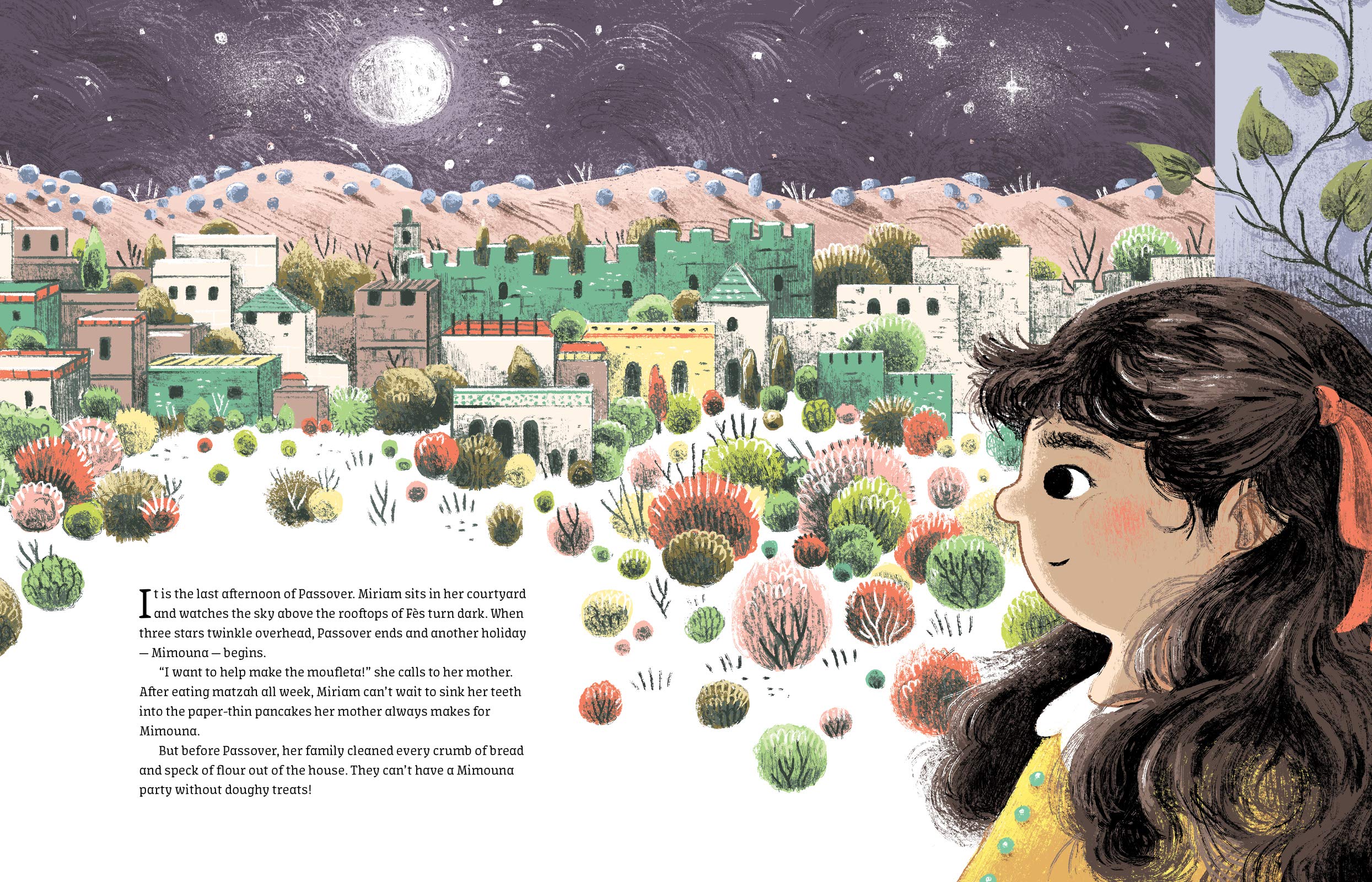 |
| From A Sweet Meeting on Mimouna Night by Allison Ofanansky, illustrated by Rotem Teplow |
Note: this piece was previously published on TheJ.ca, the Jewish-Canadian journal of news and opinion.
Whether you have small children,
pre-teens or teens, with
Hanukkah coming at the end of the month – or for any time at all – you’ll want
to check out these books.
Groundwood Books, the children’s division
of House of Anansi Press, has put out a number of outstanding novels for
children in recent years:
No Vacancy by
Tziporah Cohen (published
2020, winner of the Jean Little First-Novel Award, available here). This novel should
top your gift list if you have children aged 9–12.
Poor Miriam Brockman. With her dad out of a job,
her parents have bought a motel. Not a nice motel and, as it turns out, not a
motel that can possibly make any money. Because who wants to go to Greenvale,
New York, population 510? Certainly not Miriam. She’s left all her friends
behind in New York City, and all this motel offers her is endless work. It’s so
run down the cracks in the walls have cracks.
Things improve when she makes friends with Kate, who
belongs with the diner next door – a diner that’s also dying for want of
customers.
Miriam and Kate turn their families’ finances
around by giving people a reason to come to Greenvale. Yes, they’ve perpetrated
a religious fraud, and yes, that’s ethically dicey, but can saving the motel
and the diner be a bad thing?
This novel is clever and fun and full of the
complexities of life. And it’s pitch-perfect on the awkwardness of being the
only Jews around – Miriam claims to be a vegetarian to avoid explaining to Kate
and her family why she doesn’t eat bacon. But when her family’s motel is
vandalized by antisemites and when an even worse tragedy almost befalls them,
the community gathers around in final chapters that are guaranteed to move the
reader.
Edeet Ravel has two recent novels for children aged 9–12: A Boy is Not a Bird (published by Groundwood in 2019, winner of the Jewish book award, available here) and the sequel A Boy is Not a Ghost (2021, available here).
These are accomplished novels by an accomplished author. Ravel’s novels for
adults have been nominated for both the Giller Prize and the Governor General’s
Award and have won the Hugh MacLennan Prize, The Jewish Book Award and the I.J.
Segal Award, and Ravel brings all of her talent to children’s writing. Plan to
fight with your kids about who gets to read these novels first.
As A Boy is Not
a Bird opens, eleven-year-old
Nat lives in Zastavna, Bukovina. World War 2 is nearing their doorstep and Stalin
swallows up the territory. At least they don’t have to worry about the Romanian
Iron Guard anymore, says Nat’s mother, who is determined to pretend, for Nat’s
sake, that they’re very lucky.
This becomes increasingly hard. Nat’s father is arrested, for having belonged to a Zionist group, or just to fill a quota, and is sent to the gulag. Then Nat and his mother, others from around town, and thousands from the region are rounded up and sent to Siberia – as pioneers or to get rid of them or because there is a quota to fill.
Life on the cattle car as it slowly trundles north
is a misery and, for the elderly and the weak, a death sentence.
Yet such is Ravel’s genius that we end the novel
on a note of hope, not yet in Siberia, but with Nat and his mother reunited
with friends who had been aboard a different cattle car and with the reader
certain that somehow Nat will survive and eventually achieve his dream of
moving to Montreal.
In A Boy is Not
a Ghost, Nat must learn how
to survive in Siberia, soon entirely on his own, as his mother is arrested for
stealing a potato. The scope of this novel is broader, spanning not only more
years, but an epic journey as Nat matures and eventually manages to escape from
Siberia and bring his mother with him south, where in the novel’s final pages,
they reunite with his father.
What makes this pair of novels even more
remarkable is that they’re based on the true story of Nahum Halpern, who did
indeed eventually make it to Montreal, where he became Edeet Ravel’s grade five
teacher. You can read Halpern's memoir here.
In 2020, Groundwood also brought out A Sweet Meeting on Mimouna Night, a picture book for younger children, by Allison Ofanansky, illustrated by Rotem Teplow (available here),
originally published in Hebrew in 2019 by Kinneret, Zmora-Bitan, Dvir, Israel’s
leading publisher.
A Sweet Meeting tells about young Miriam and the Moroccan Jewish holiday of Mimouna which marks the end of Passover. Moufletot, a yeast pancake that’s fried in stacks (yes, there’s a recipe!) is the special food of the holiday.
But as it’s the end of Passover, Miriam’s mother has no flour to make
the moufletot, so it’s off to the Muslim area of the city to buy flour and to
bring back Miriam’s friend Jasmine to join in the Mimouna celebrations.
A year later, Miriam’s family has made the Passover pledge “Next year in Jerusalem” come true. Now at the end of Pesach, Miriam can buy flour at the corner store, but she wonders if her friend Jasmine back in Morocco will still be looking for her to come buy a sack of flour.
A Sweet Meeting is a charming tale, sweetly illustrated, and a good chance to learn about a Jewish holiday you might not have heard of before. With relations between Israel and Morocco now normalized, it’s a fitting time for this story of friendship.
***
Read Part 2 of "The best recent Jewish-Canadian books for kids" here. Also, check out 7 great gift ideas for writers for Hanukkah or for that other winter holiday coming up soon here, more great books to buy here, and 77 more gifts for writers here.
Brian Henry is a writer, an editor, and
the publisher of Quick Brown Fox. He teaches writing courses for adults, including
writing Kid Lit. He’s written book reviews for the Toronto Star and for Books
in Canada, and opinion pieces for the Toronto Star and the National
Post. He was also a regular contributor to the (now defunct) Jewish
Tribune and to the Engage and Harry’s Place websites in the UK.
See Brian’s
upcoming weekly writing classes, one-day workshops, and weekend
retreats here.





